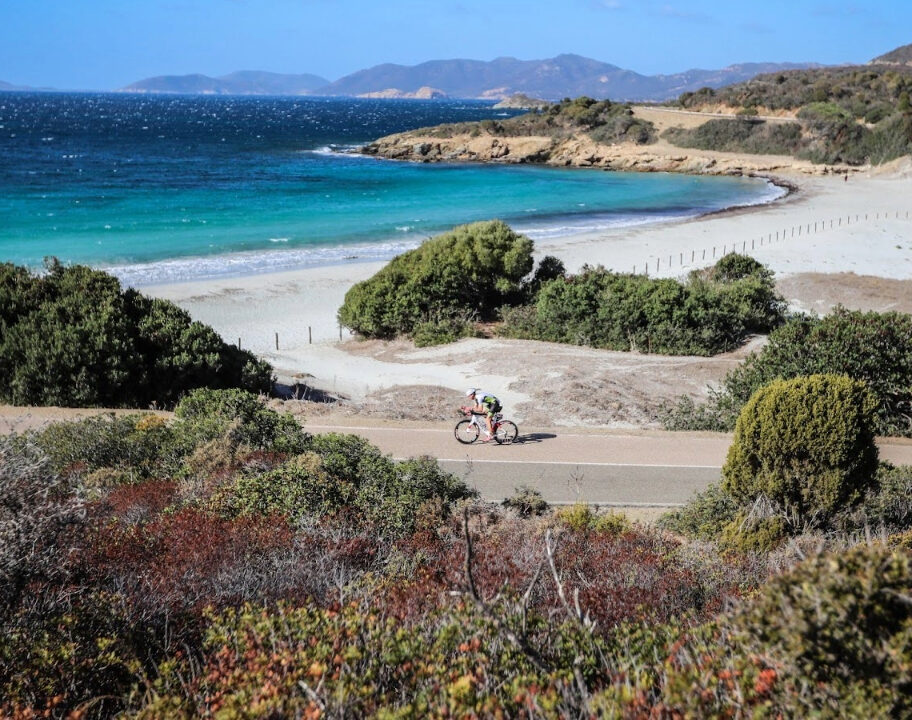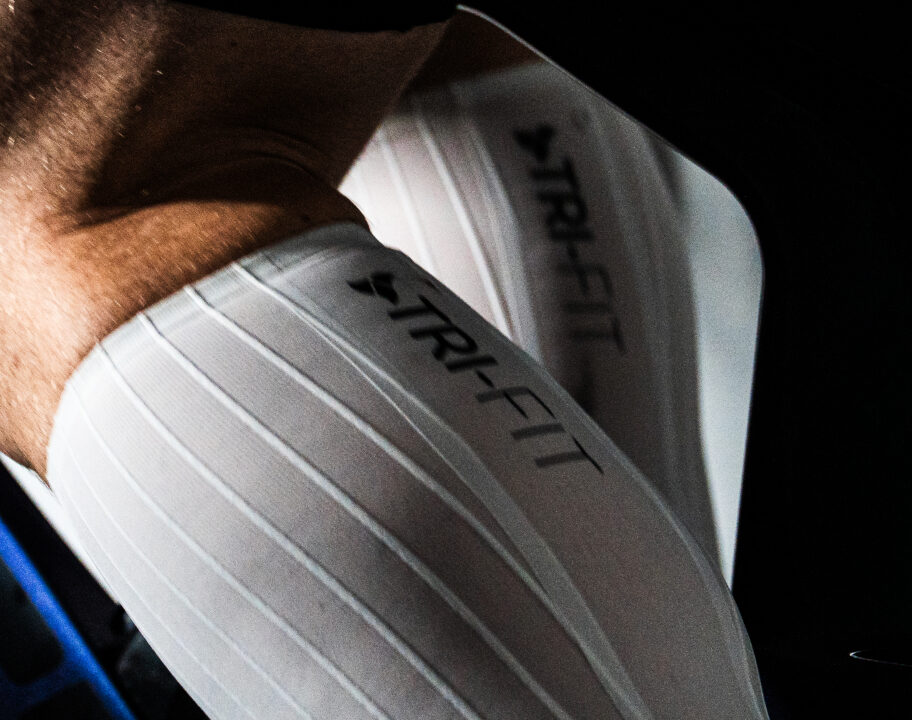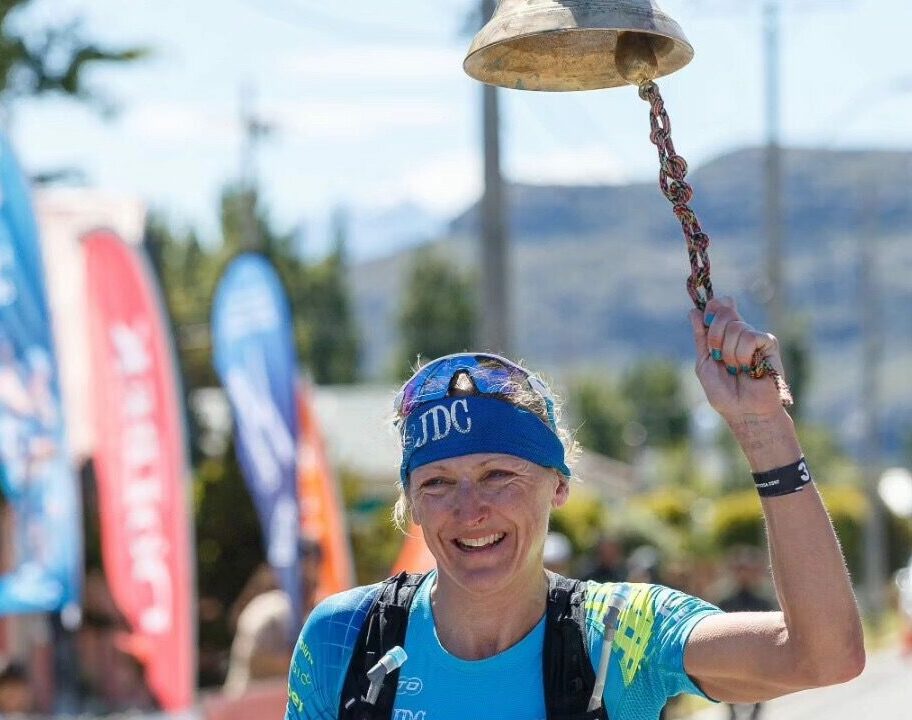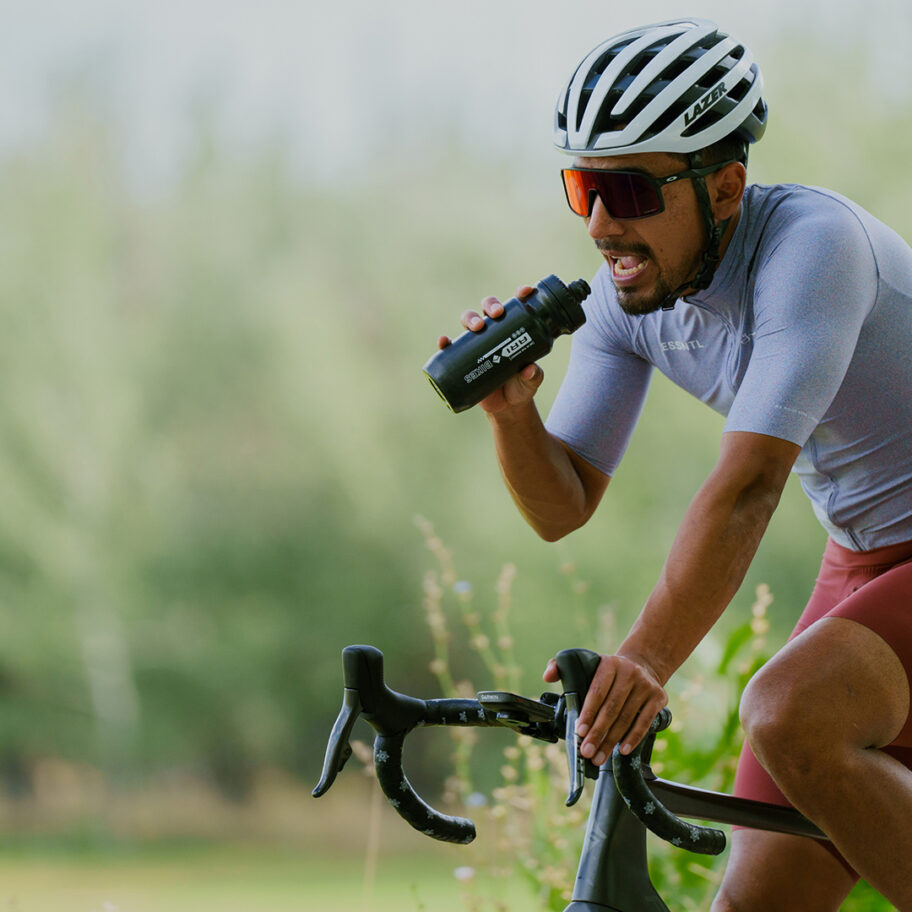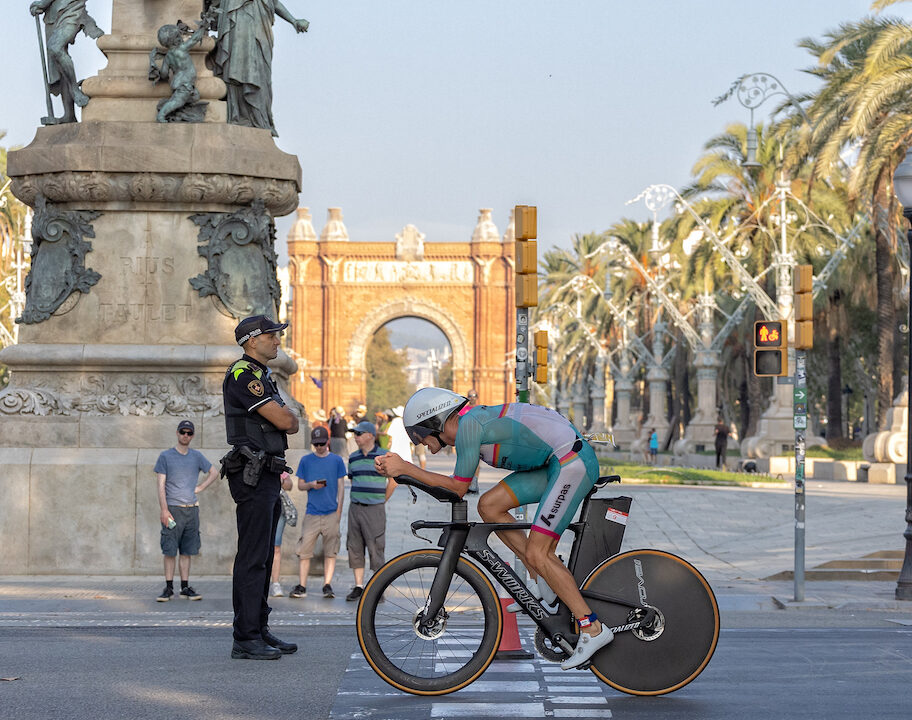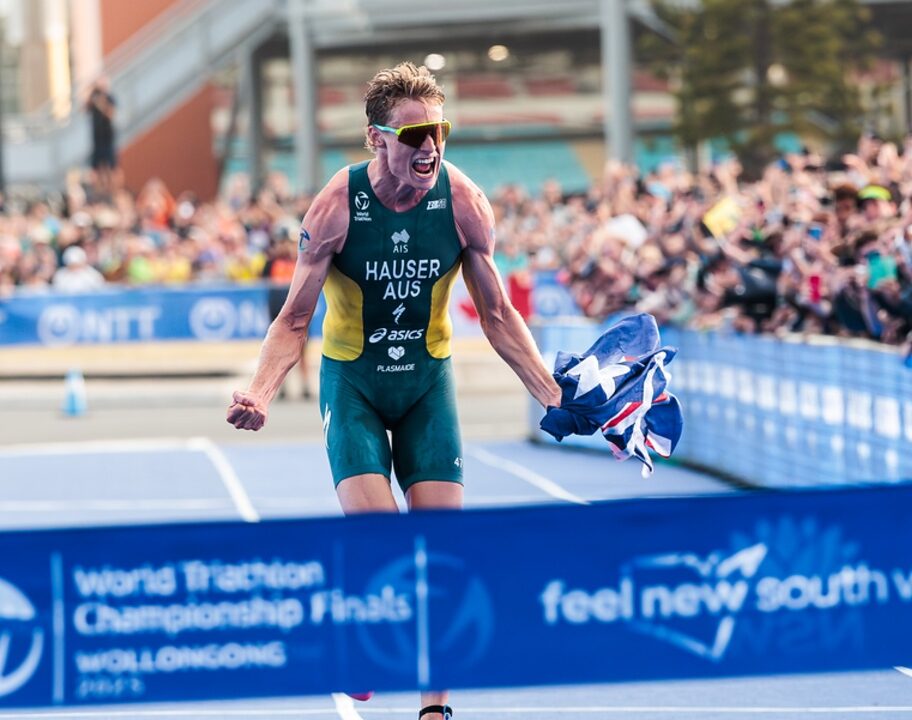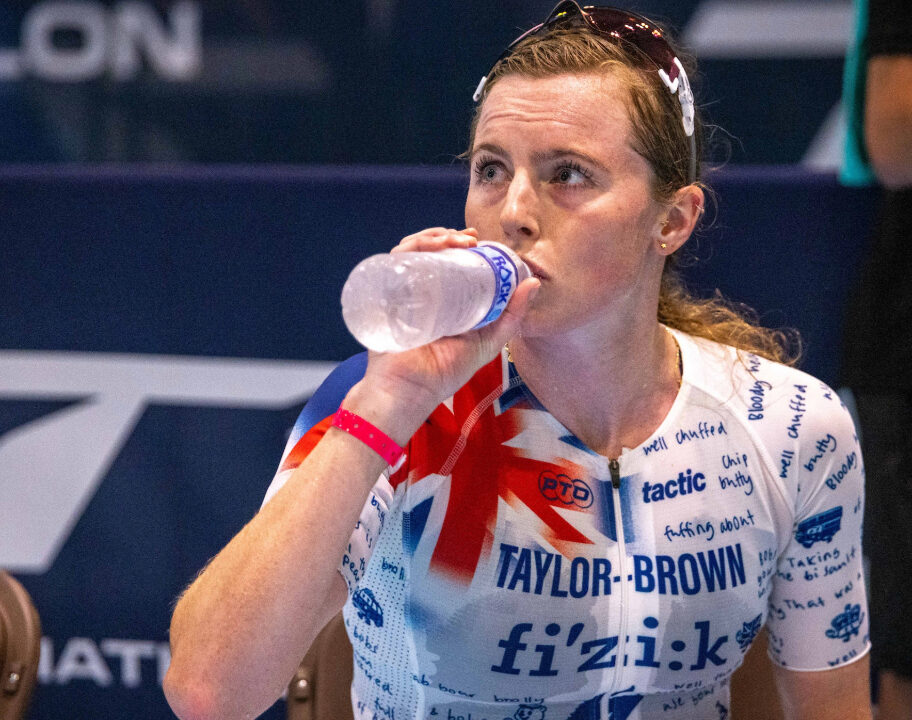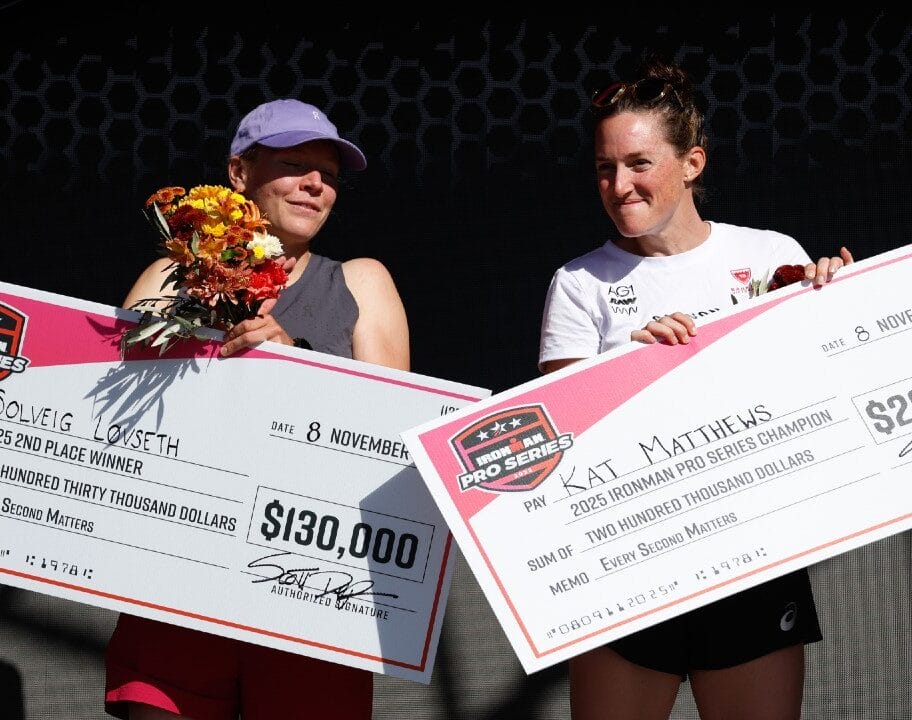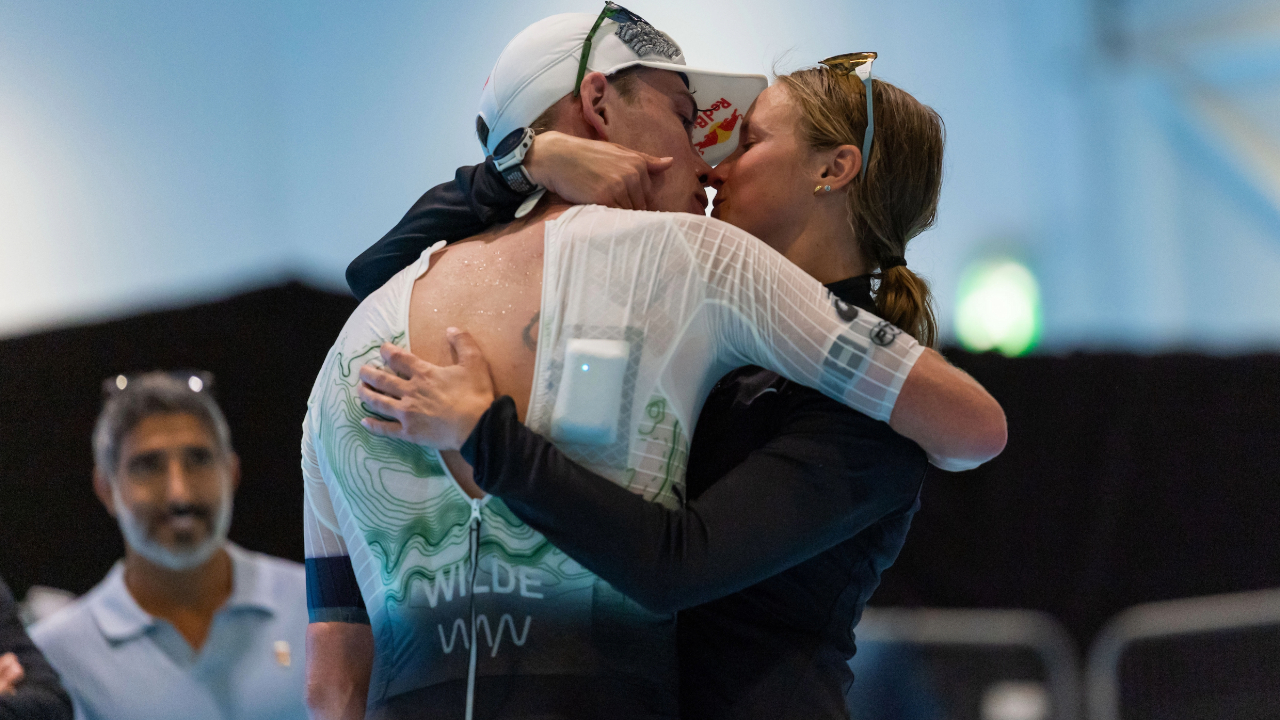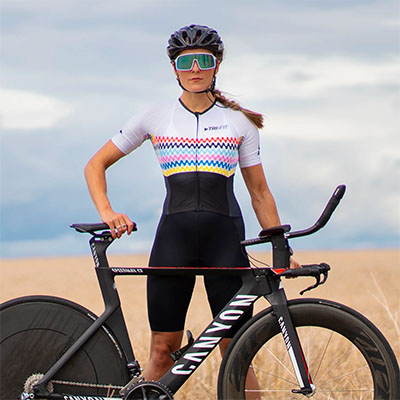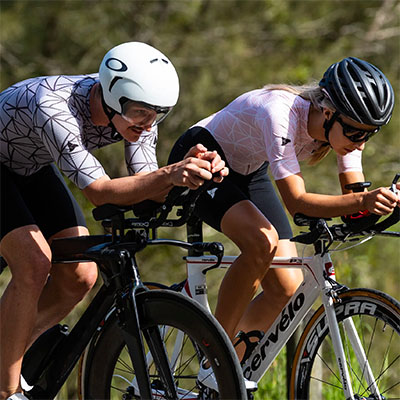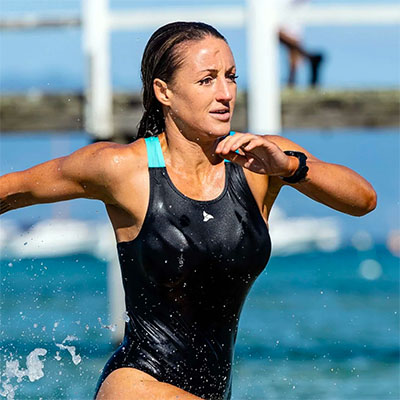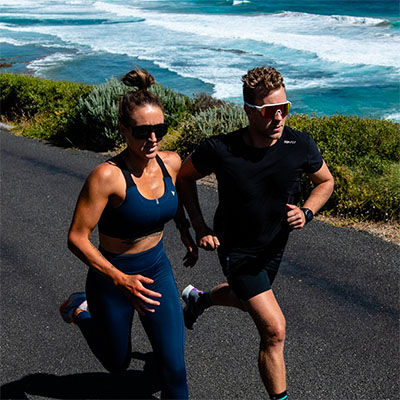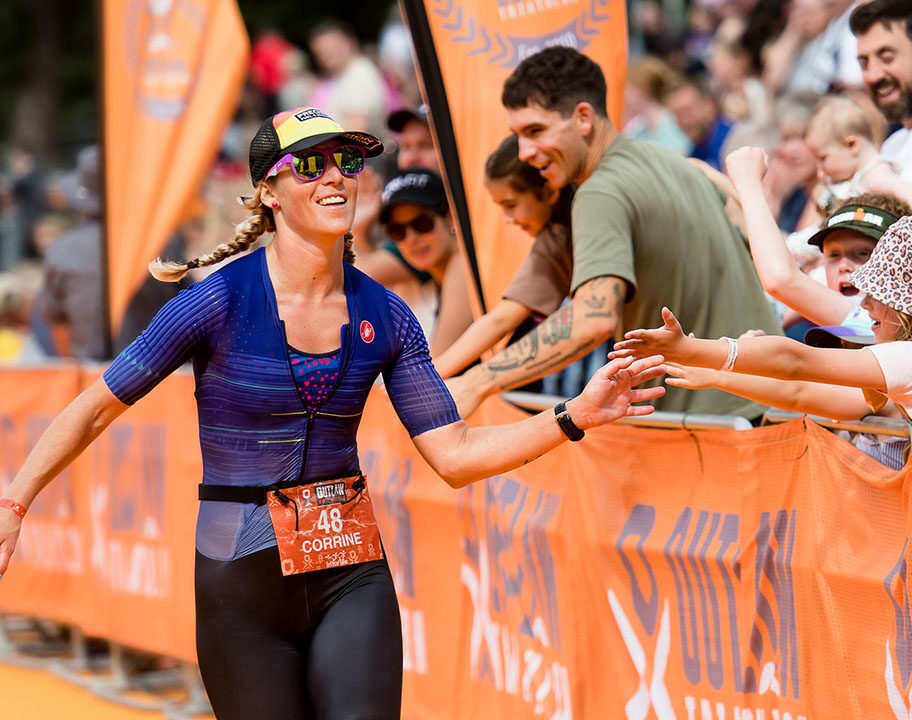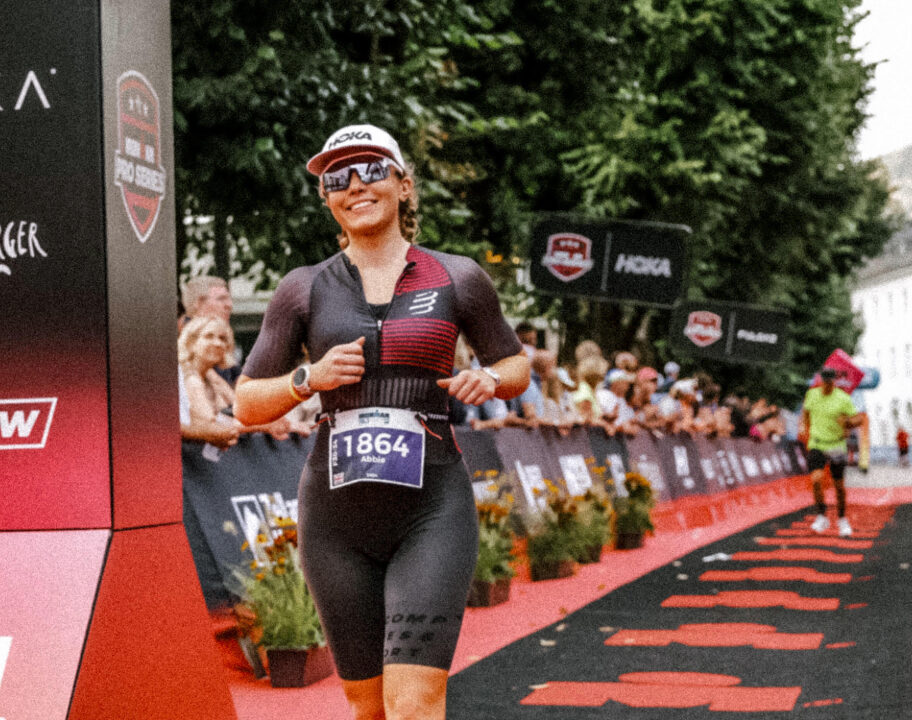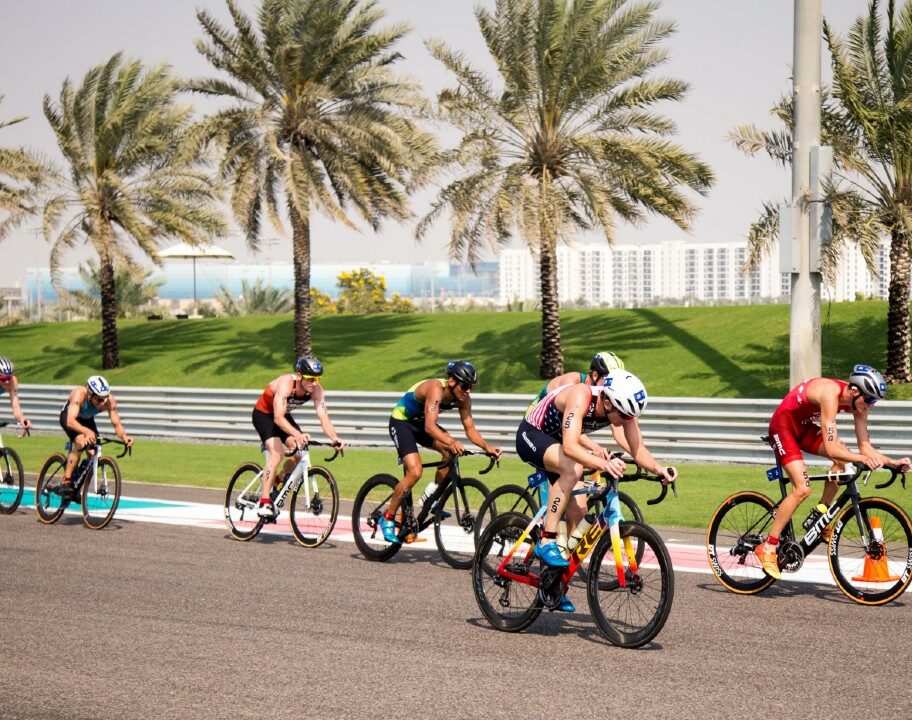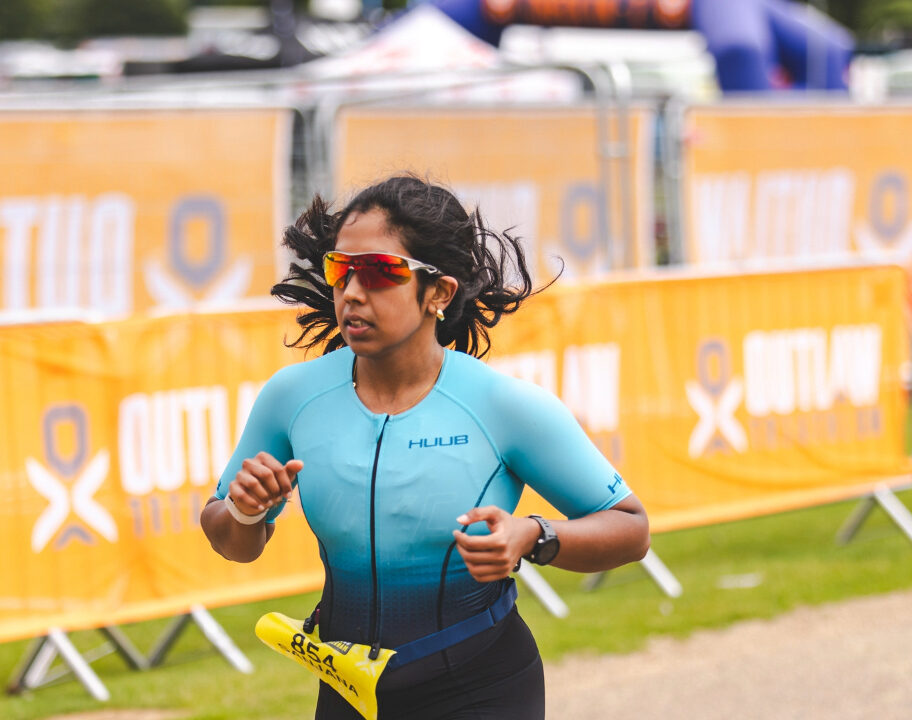Mike Trees, Tri247’s running guru, wants to talk about the concepts behind a low mileage approach to running, an ideal solution for triathletes with limited time to train or those who injure easily.
The triathletes I coach are highly motivated and want to achieve a personal best in sport. However, they have busy lifestyles and are constantly saying that work, family and social constraints often prevent then from running as fast as they feel they are capable. This is a problem we all face, but most triathletes mistakenly believe that they should be training more than is necessary.
A low mileage approach to running is not just relevant to triathletes, but also to runners who may have time to train over longer distances but often get injured. Running on tired and stiff muscles is the surest way to induce injury. Often less is better than more!!
Tackling the 10km run needs goal setting, a realistic target time and a realistic time scale in which to achieve it. I remember, as a child, watching TV, eating my supper and trying to do my homework – all at once!! I was constantly being told, “you can only do one thing at a time!” Sport is the same, although our ultimate goal is to improve the overall triathlon race time, we must break down the task into manageable segments.
This article targets running because, in my view, running takes the least amount of time to get the most improvement, and this should encourage athletes who are strong in the other disciplines.
The benefits from swimming and cycling can help your running
If athletes only run, all their physiological development is achieved through running, thus running mileages tend to be quite high. However, a large proportion of that running is often at low speeds and aimed at, for example, inducing fat burning, or raising general fitness levels. Thus, elite runners often run ‘hundred mile weeks’.
For triathletes, this is both unrealistic and unnecessary. Someone swimming three hours a week and biking three hours a week, already has six hours of training benefit in their bodies without running a step. A relatively slow runner would cover almost 40 miles of running in this time. If they actually run 20 miles as well this equates to a theoretical total equivalent to 60 miles a week of running. Not all cycling and swimming will aid your running but this example illustrates the point. Triathletes do not need to run as much as runners to achieve the same results.
By holding swimming and cycling at maintenance levels you will be amazed at the results that can be achieved in your running times.
What is a reasonable time scale?
To effect a physiological change, about 6 to 10 weeks training is necessary. Athletes with a good background in running will need less time to remind their bodies how to run fast and retrain their muscles while first timers will need longer. Before attempting to race a target time, allow at least three months preparation. A two-week taper at the end of the programme is also needed.
Weekly training time
Although not ideal, you can make improvements on only five hours training a week. These will be greater if you can find seven hours a week and better still at 10 hours week. Remember, it is not just finding time to train: finding time to recover is equally important.
Don’t get put off the sport by legendary stories of needing to put in at least 30 hours a week to achieve success. As a young pro-triathlete in Asia, I felt pressured into doing 30 hours of base training however, I constantly over trained and was often injured. One year I totaled up my annual hours spent training and was shocked to realize they only just broke the 10 hour a week mark. The following year I set a regime that averaged 11 hours a week for the year, and I had amazing success. These days I am constantly looking at my athletes training and trying to cut out the ‘junk miles’.
Three key running sessions a week
1: One hour steady pace running at threshold
Running for about an hour is very good for your running economy. An aerobic steady run will help develop oxygen flow to the muscles and very importantly avoids a build-up of lactic acid. If you do not know what lactic acid is, you may be aware of the burning feeling in the muscles when you go too fast! This painful effect is due to the build-up of lactic acid in the muscles.
Our muscles like to burn carbohydrates for energy and this process is performed most efficiently in the presence of oxygen, this is why we do a lot of aerobic training, as it helps to improve the transformation of oxygen to the muscles, which ultimately enables us to run faster. Carbohydrates are the preferred fuel and they are most efficiently turned into energy in the muscles with the aid of oxygen, this is known as aerobic energy. However, if we run, swim or bike faster than our lungs can supply oxygen to our muscles the carbohydrates can still be used as an energy source for a short period of time without oxygen being present. However, this is known as anaerobic energy and the by-product is lactic acid. This causes the burning sensation and within a few minutes forces us to slow our pace down.
The Anaerobic Threshold (AT), is the grey zone between our muscles burning fuel aerobically (with oxygen) and anaerobically (without oxygen). We can run for hours with oxygen present (aerobically), but only a few minutes without it (anaerobically), so it is a good idea that as a runner you have a rough idea where your aerobic limit is.
For those of you new to sport this may be starting to sound confusing, but the bottom line is that by running at a steady pace for up to an hour we can train around the limit of our aerobic capacity and so train the body to become more efficient and thus able to run faster.
Knowing your AT is very useful and it is often predicted by using a heart rate monitor (HRM). Before the days of HRMs our aerobic limit was often said to be the pace at which it becomes uncomfortable to talk while running (also called the Ventilatory Threshold). This is because you need all your oxygen to run, and none is spare for talking.
If you can talk easily while running the pace is too slow. If your muscles start to burn and your pace suddenly drops, then the pace is too high. With practice you will get the pace just right, and be able to maintain that pace for the whole 60 minutes!
2: Hill repetitions (45-60 mins)
Find a moderately steep hill, around a 10% gradient and do 10 repetitions of 1 min 30 seconds. Jog back for recovery. More experienced and faster runners should run 12 reps while beginners should start off at six repetitions. This will develop power in all the leg muscles. Try to concentrate on powerful strides and not short “pitter-patter” running. The aim is to develop a powerful running stride to aid your 10 km run time, it is not to complete the session as fast as possible! If you monitor your heart rate, it will be around anaerobic threshold (AT). I do not suggest using an HRM for this session as you should concentrate on form and power, not heart rates. This session takes around 45 minutes. If you have more time a longer warm up may be done, but do not get into a bad habit of logging up ‘junk miles.’
3. Track session (45-60mins)
Do not run on the track more than once a week, because the structure of modern tartan tracks, tends to cause an athlete’s lower leg to tighten up, particularly the calves and soleus muscles. Injuries are common if the track is used too much.
A good 10km track session should cover between 8-10km of race pace running. It is also wise to join an established track running session, where a coach is on hand.
Don’t forget the weight training
Weight training and circuit training is a vital part of any well-structured schedule. If time permits, I suggest doing two sessions a week, in the strength phase of the training programme. If you are not currently on a weight programme I would suggest waiting until after the triathlon race season has finished, before starting one. Unfortunately, weight training is also most likely to be the first session to be dropped when people run short of time. If that is something you are prone to then it is even more important that you do the hill running to build up leg strength. I will be doing a separate article on weight training for later in the year as it is best introduced in the off season and not in the race season.
Pulling it all together
To maintain swim and cycle fitness, you should aim at two sessions a week. Having said that once, a week is still better than nothing! Table 2 shows how a typical weekly schedule takes shape. Remember, this article is aimed at raising the level of your run, within triathlon so you will not be able to focus on the bike and swim at this time.
The absolute minimum amount of training I would give to one of my triathletes who is aiming to improve a 10km time, is 2 hrs 30 minutes a week of running, 30mins of weight training, a 1 hr of swimming (eg: 2x30mins) and 1 hour of biking ( eg: 2x30mins indoor turbo sessions) . This gives a total of just 5 hours a week.
Although some of my athletes train at around 10 hours a week, I have achieved very good results from athletes averaging only 7-8 hours. When more time is available some easier running can be incorporated in to the schedules. However I fervently believe in keeping all running to a minimum and do not think that triathletes need to run more than 4 times a week. Any extra time that is available should be incorporated into swim and bike sessions to help maintain fitness levels in those disciplines.
10 week track programme for 10km
There are many combinations of track session. But the key points are to:
- spend weeks 1-4 building the distance
- 5-10 holding race pace and race distance
- keeping the rest interval to 1/3 the time of the run interval
- Do not worry if you don’t always achieve your target times. We all have good weeks and bad weeks. Also, try and take into account the effects of the weather, particularly if it is windy!
| 400m time | Equivalent 10k time |
|---|---|
| 80secs/400m | 33:20 for 10km |
| 90secs/400m | 37:30 for 10km |
| 100secs/400m | 41:40 for 10km |
| 110secs/400m | 45:50 for 10km |
| 120secs/400m | 50:00 for 10km |
| 130secs/400m | 54:10 for 10km |
| 140secs/400m | 58:20 for 10km |
All running should be at target 10km race pace and all rest times are set at 1/3 of run times so if you run 400m in 90 secs the rest time is 30 secs or 1,200m in 4:30 the rest would be 1:30. Round the rest times up or down to make the figures easy to work with: if you run a 400m in 130 secs, the rest time should be 43.3 seconds but for practical reasons 45 secs is a better figure to use.
| Week | Set |
|---|---|
| 1 | 12 * 400m |
| 2 | 8 * 800m |
| 3 | 6 * 1,200m |
| 4 | 5 * 1,600m |
| 5 – 10 | 2,200m + 1,600m + 1,200m + 800m + 400m then 4 minutes rest followed by 1,600m + 1,200m + 800m +400m |
| Day | Swim | Bike | Run | Weights |
|---|---|---|---|---|
| 1 | 1:00 threshold | 0:30 | ||
| 2 | 0:30 drills/stroke | 0:30 turbo | ||
| 3 | 1:00 hill reps | 0:30 | ||
| 4 | Rest | Rest | Rest | Rest |
| 5 | 0:30 intervals | 0:30 easy | ||
| 6 | 1:00 track | |||
| 7 | 1:30 long | |||
| Totals | 1:00 | 2:00 | 3:30 | 1:00 |

